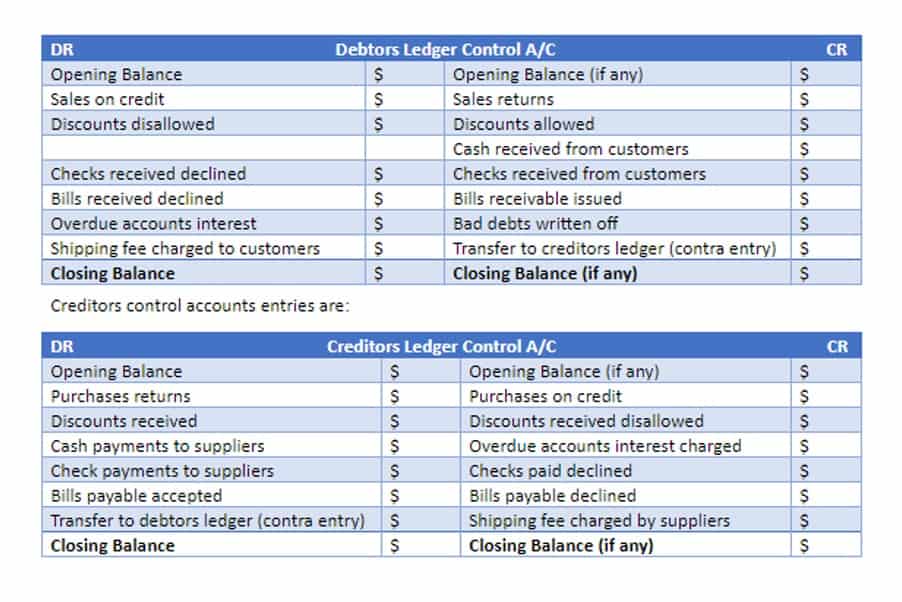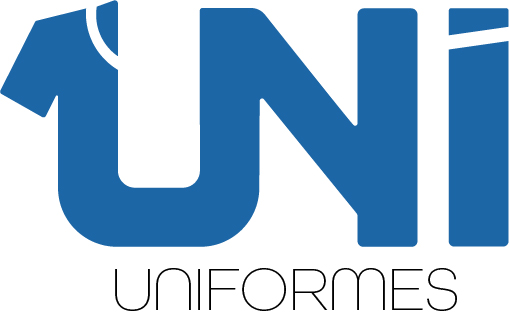
Cost accountancy provides valuable information about the cost structure of the organization, which helps in making informed decisions about capital expenditures and operating expenses. Cost accountancy reports are used by securities analysts to evaluate the company’s financial performance. They use this information to determine the company’s stock price and to make investment recommendations. Another important aspect of cost accountancy is its role in cost controls. It helps management in implementing cost controls by providing data on the cost of production, cost of sales, and other related costs.
Ways To Manage Your Business Accounting
- Depreciation is the systematic allocation of the cost of a tangible asset over its useful life.
- For example, if a business purchases $5,000 worth of merchandise on account, this refers to the purchase of the goods on credit and deferral of payment.
- Our work has been directly cited by organizations including Entrepreneur, Business Insider, Investopedia, Forbes, CNBC, and many others.
- Accounting is the interpretation and presentation of that financial data, including aspects such as tax returns, auditing and analyzing performance.
- Cost accountancy is the process of recording, classifying, analyzing, and interpreting costs to provide information for decision-making.
- 11 Financial may only transact business in those states in which it is registered, or qualifies for an exemption or exclusion from registration requirements.
Many accounting practices have been simplified with the help of accounting accountancy meaning computer-based software. These systems can be cloud based and available on demand via application or browser, or available as software installed on specific computers or local servers, often referred to as on-premise. These tasks are handled by the billing clerk, payables clerk, cashier, and payroll clerk, respectively. The outstanding balance remains until cash is paid, in full, to the entity owed. Cost accountancy also helps in identifying areas where costs can be reduced, which can lead to lower transfer prices. Cost accountancy also helps in identifying areas where costs can be reduced, which can lead to significant savings.
Concept of Accounting Process
- Then, using this cost information, a company may decide to switch to a lower quality, less expensive type of raw materials.
- A Journal Entry is the initial step in the accounting cycle, recording the financial transactions of a business.
- Yield refers to the return on investment (ROI) or the rate of return earned.
- Every budget line item must be evaluated and justified based on its merits and expected benefits.
- Unearned Revenue, or deferred revenue or advance payments, represents the money a company receives for goods or services not yet delivered.
Cost accountancy plays a vital role in the preparation of financial statements and reporting. It provides information on revenues, expenses, assets, liabilities, and financial performance. Accounting is the practice of tracking your business’s financial data and interpreting it into valuable insights. This allows you to generate crucial financial statements, such as a balance sheet, cash flow statement, and profit and loss report. It sounds simple, but in reality, a lot of behind-the-scenes work goes into accurately reporting on a business’s financial state. In the case of Limited Liability Companies, the Cash Flow Statement is also prepared.

Methods of Accounting
Even though it won’t actually perform the work until the next https://www.instagram.com/bookstime_inc month, the cash method calls for revenue to be recognized when cash is received. When the company does the work in the following month, no journal entry is recorded, because the transaction will have been recorded in full the prior month. International public companies also frequently report financial statements in accordance with International Financial Reporting Standards (IFRS).
Consumers of Financial Services

It is concerned with the recording of business transactions and the periodic preparation of income statement, balance sheets and cash flow statement from such records. Revenue Recognition is the recording of Revenue on the financial statements when it is earned and realizable. It involves determining the timing and amount of revenue recognition based on generally https://www.bookstime.com/articles/what-are-income-statement-accounts accepted accounting principles (GAAP) or applicable accounting standards. Proper revenue recognition ensures accurate financial reporting and compliance. Financial accounting refers to the processes used to generate interim and annual financial statements.
Debit What Comes In, Credit What Goes Out (Real Accounts)
For example, when goods are purchased for cash, there is a movement of goods from the seller to the buyer and a movement of cash from buyer to the seller. Transactions may be external (between a business entity and a second party, e.g., goods sold on credit to Hari or internal (do not involve a second party, e.g., depreciation charged on the machinery). Accounting information is not without personal influence or bias of the accountant. In measuring income, accountant has a choice between different methods of inventory valuation, deprecation methods, treatment of capital and revenue items etc. Hence, due to the lack of objectivity income arrived at may not be correct in certain cases. Interested parties like owners, creditors, management, employees, customers, government, etc. are interested in accounting information.
Most other countries, including Canada, Australia and Mexico, follow the rules set down by the IFRS (International Financial Reporting Standards) Foundation, which is headquartered in London, England. When I was studying accountancy, I bought every authoritative publication on the subject. Mesmerise is planning a VR conference for a global accountancy firm in September and Hawken says the technology can be used for more regular engagements, such as business meetings, board meetings and one-on-ones.
Skills and Qualifications of an Accountant
In simple words, it is the means through which the financial performance and position of the business entity, are communicated to the users of the financial statement. Working Capital represents the difference between a company’s current assets and liabilities. It reflects the company’s ability to meet short-term obligations and finance day-to-day operations. Positive working capital indicates a company’s liquidity, while negative working capital may indicate potential financial difficulties. Depreciation is the systematic allocation of the cost of a tangible asset over its useful life. It reflects the asset’s value decrease due to wear and tear, obsolescence, or other factors.

For a breakdown on the differences between an accountant and a CPA, check out “Is a CPA the Same as an Accountant? Inaccurate reporting can also result in legal problems with external parties, such as investors or the IRS (Internal Revenue Service). Currently, 42 businesses share the space, chasing their dreams in catering, cosmetology or accountancy. In recent years, there has been a growing demand on the part of stakeholders for information concerning the social impacts of corporate decision making. Increasingly, companies are including additional information about environmental impacts and risks, employees, community involvement, philanthropic activities, and consumer safety.
